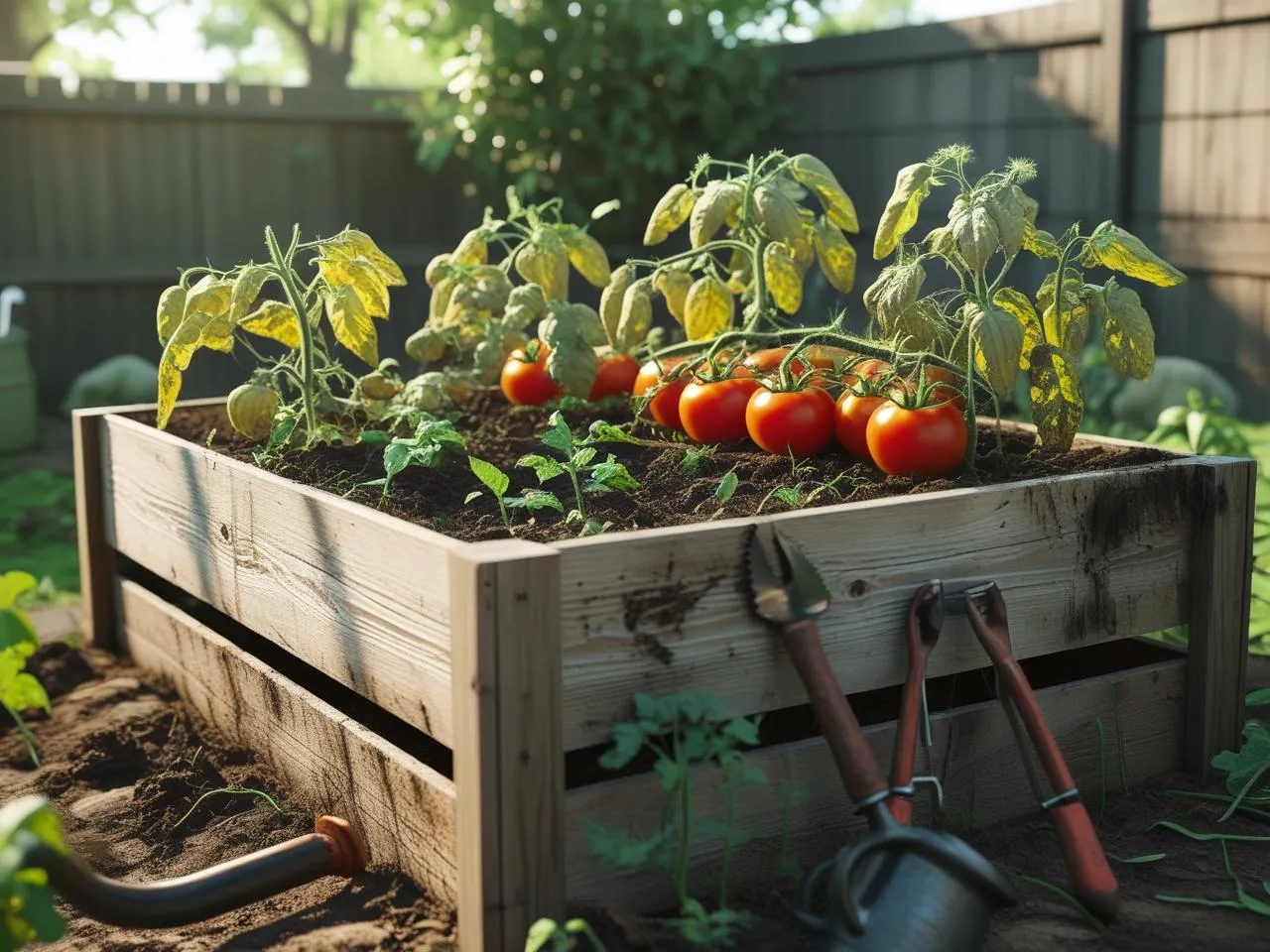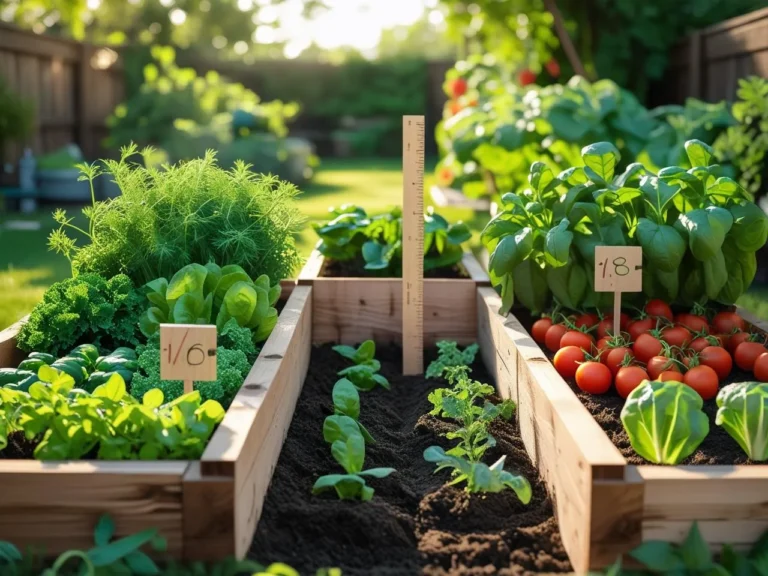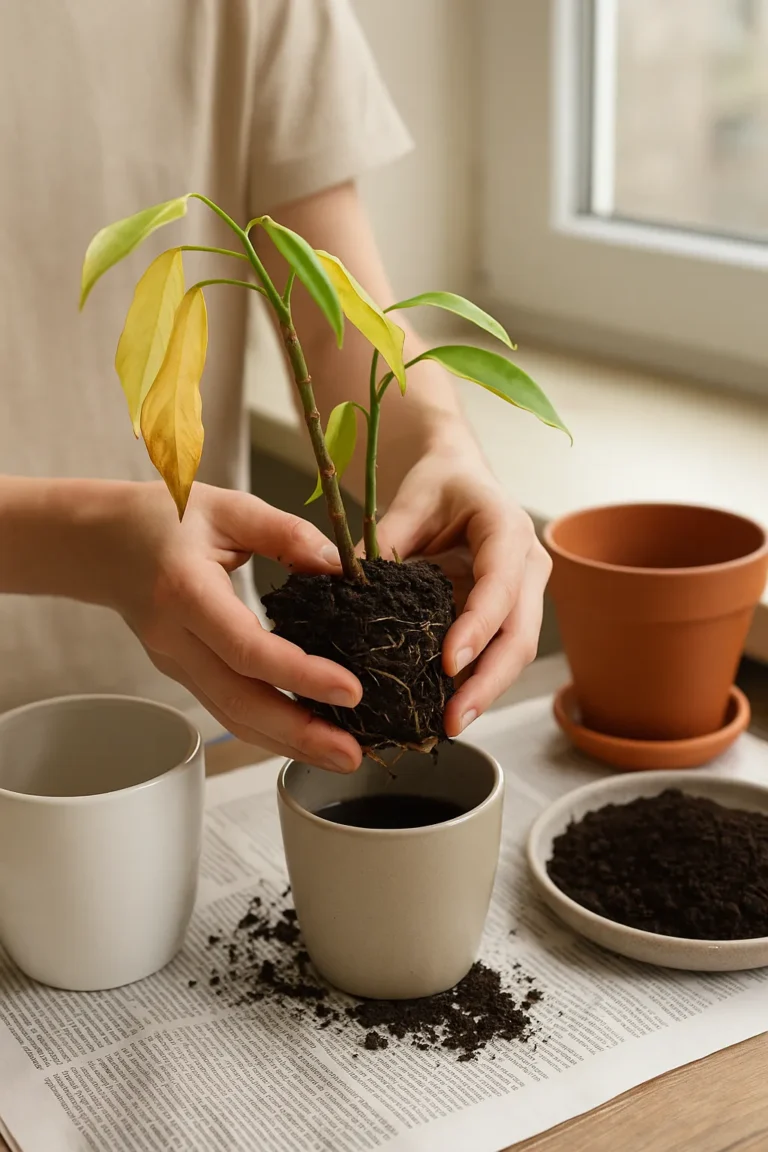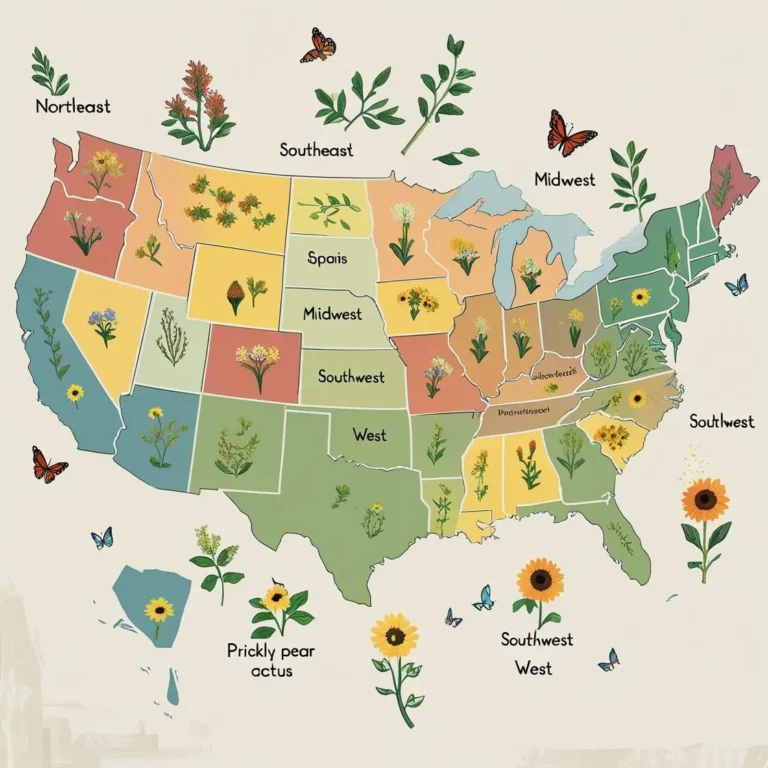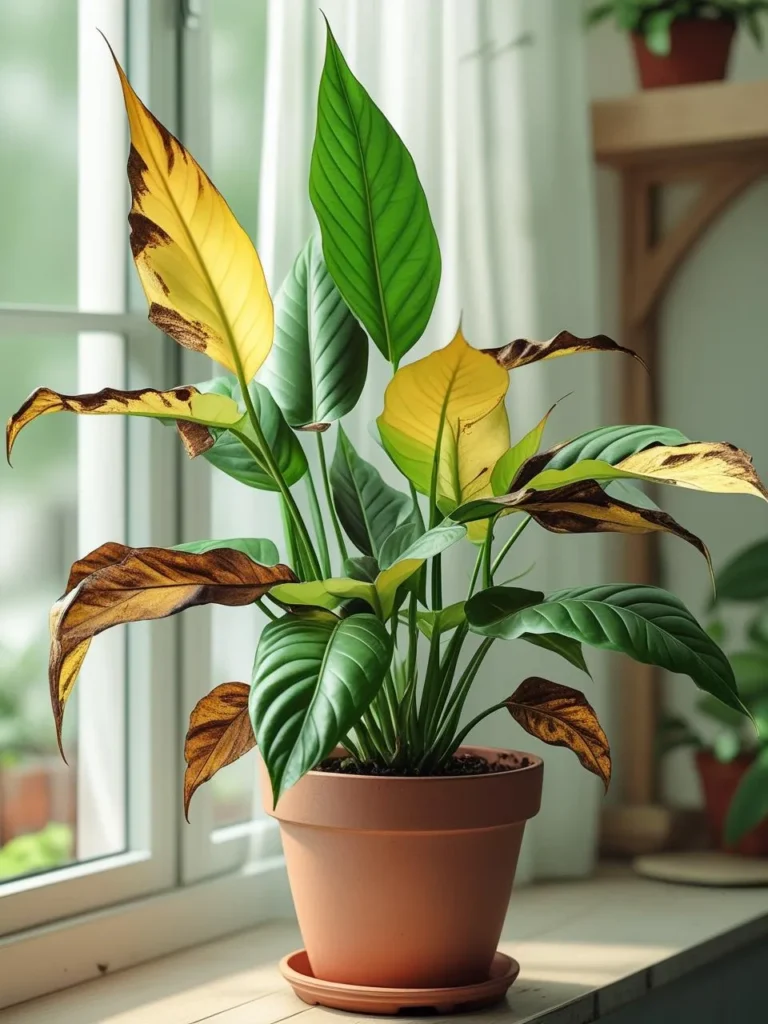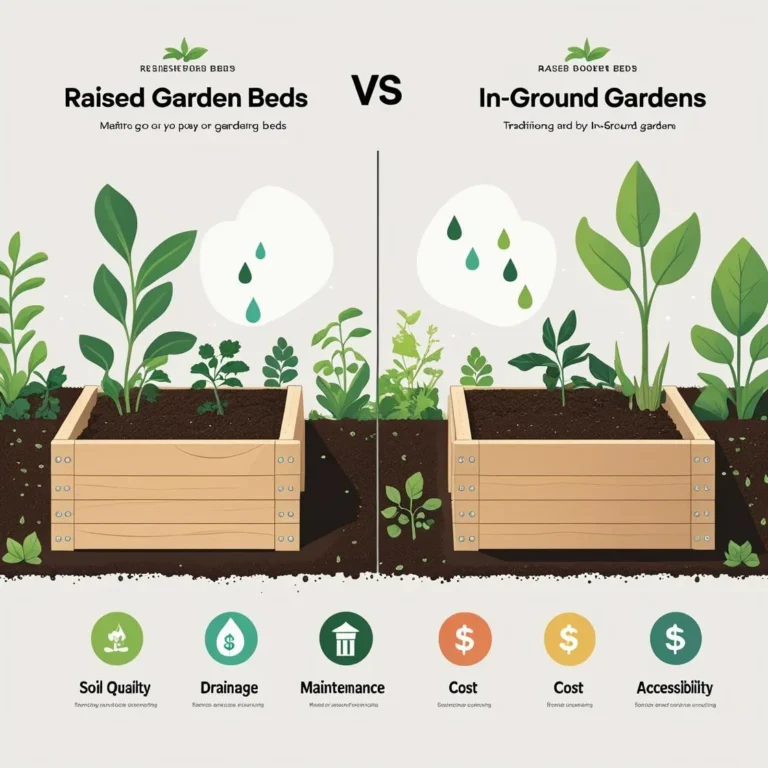Raised Bed Mistakes to Avoid
Raised bed gardening is a fantastic way for beginners to grow their own food. But even with the best intentions, a few common pitfalls can lead to frustration. This guide will walk you through the most frequent raised bed mistakes to avoid, helping you troubleshoot problems before they start. From picking the right soil to proper plant placement, you’ll learn how to sidestep these beginner gardening errors and cultivate a thriving, productive garden.
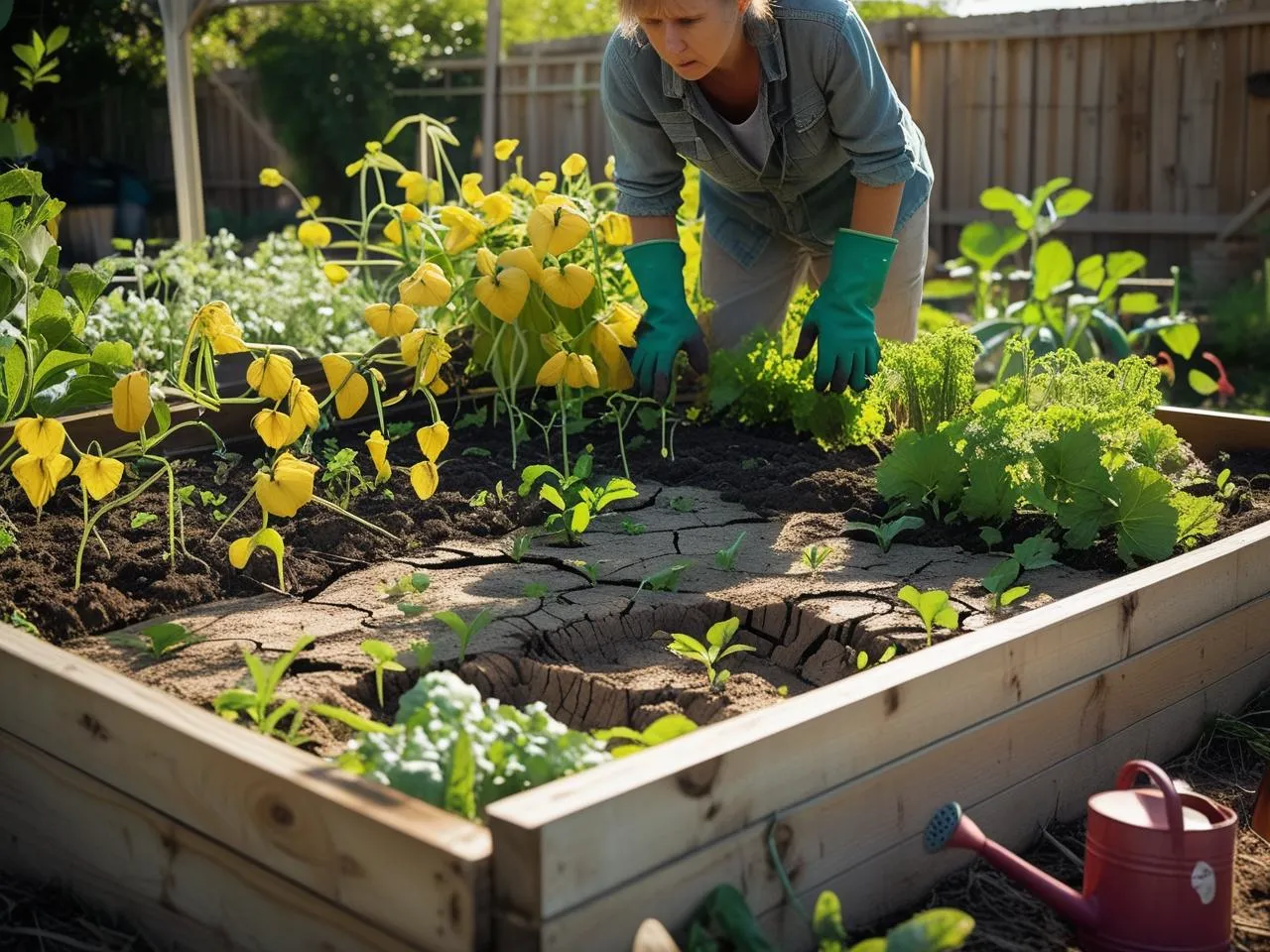
The Most Common Raised Bed Mistakes to Avoid 🛑
Many common raised bed problems are easy to fix once you know what to look for. Here’s a quick guide to raised garden troubleshooting.
- Poor Soil Mix 🧱
- The Problem: Using heavy garden soil or cheap topsoil alone will compact, choke roots, and drain poorly. A poor soil mix is the #1 issue.
- ✅ The Fix: Create a light, fluffy mix. Combine one part compost, one part peat moss or coco coir, and one part perlite or vermiculite for excellent drainage and nutrition.
- No Drainage Layer 💧
- The Problem: If your bed is on a hard surface like concrete, water can get trapped, leading to root rot.
- ✅ The Fix: Lay a few inches of gravel or wood chips at the bottom before adding soil, or place the bed directly on permeable ground.
- Overcrowding Plants 🪴
- The Problem: Plants spaced too closely compete for sunlight, water, and nutrients, resulting in stunted growth and lower yields.
- ✅ The Fix: Read the seed packet! Follow spacing guidelines and don’t be afraid to thin out seedlings to give the strongest plants room to flourish.
- Too Much Shade 🌥️
- The Problem: Most vegetables are sun-lovers. Placing your bed in a shady spot will lead to leggy, weak plants that produce little to no fruit.
- ✅ The Fix: Before you build, observe your yard. Find a spot that gets at least 6–8 hours of direct sunlight per day.
🌞 Most veggies need 6–8 hours of full sun in raised beds!
- Forgetting Crop Rotation 🔄
- The Problem: Planting the same crop family (e.g., tomatoes, peppers) in the same spot year after year depletes specific soil nutrients and encourages pests and diseases to build up. This is a classic crop rotation mistake.
- ✅ The Fix: Rotate your plant families each year. For example, follow heavy-feeding tomatoes with soil-building legumes like beans or peas.
🔄 Rotate crops every year to avoid soil fatigue.
📋 Table 1: Raised Bed Mistakes & How to Fix Them
| ❌ Mistake | 🛠️ Fix It With… |
| Heavy or compacted soil | Fluffy compost-based mix with drainage elements |
| No drainage system | Gravel base or breathable landscape fabric layer |
| Overcrowded plants | Follow spacing charts for each plant type |
| Poor bed placement | Move bed to a spot with 6–8 hours of full sun |
| Same crops every season | Rotate crop families to different beds yearly |
| No mulch or compost | Top-dress with compost annually and add mulch |

How to Avoid These Raised Bed Mistakes from the Start 🧑🌾
A little planning goes a long way. Set yourself up for success with these simple prevention tips.
📌 Tip: Start small — 1 or 2 raised beds is enough to learn from mistakes!
- 🧱 Start with Great Soil: Don’t skimp here. Buy or create a balanced raised bed mix. It’s the foundation of your garden.
- 🌞 Map Your Sun: Watch the sun’s path across your yard for a full day before deciding on a permanent spot for your beds.
- 🪴 Plan Your Layout: Sketch out where your plants will go, respecting their mature size and spacing needs.
- 💧 Water Smart: Water deeply at the base of the plants 2–3 times a week instead of a shallow sprinkle daily. This encourages deep root growth.
- 📓 Keep a Journal: Note what you planted, where, and when. Track what worked and what didn’t. This is your best tool for next year!
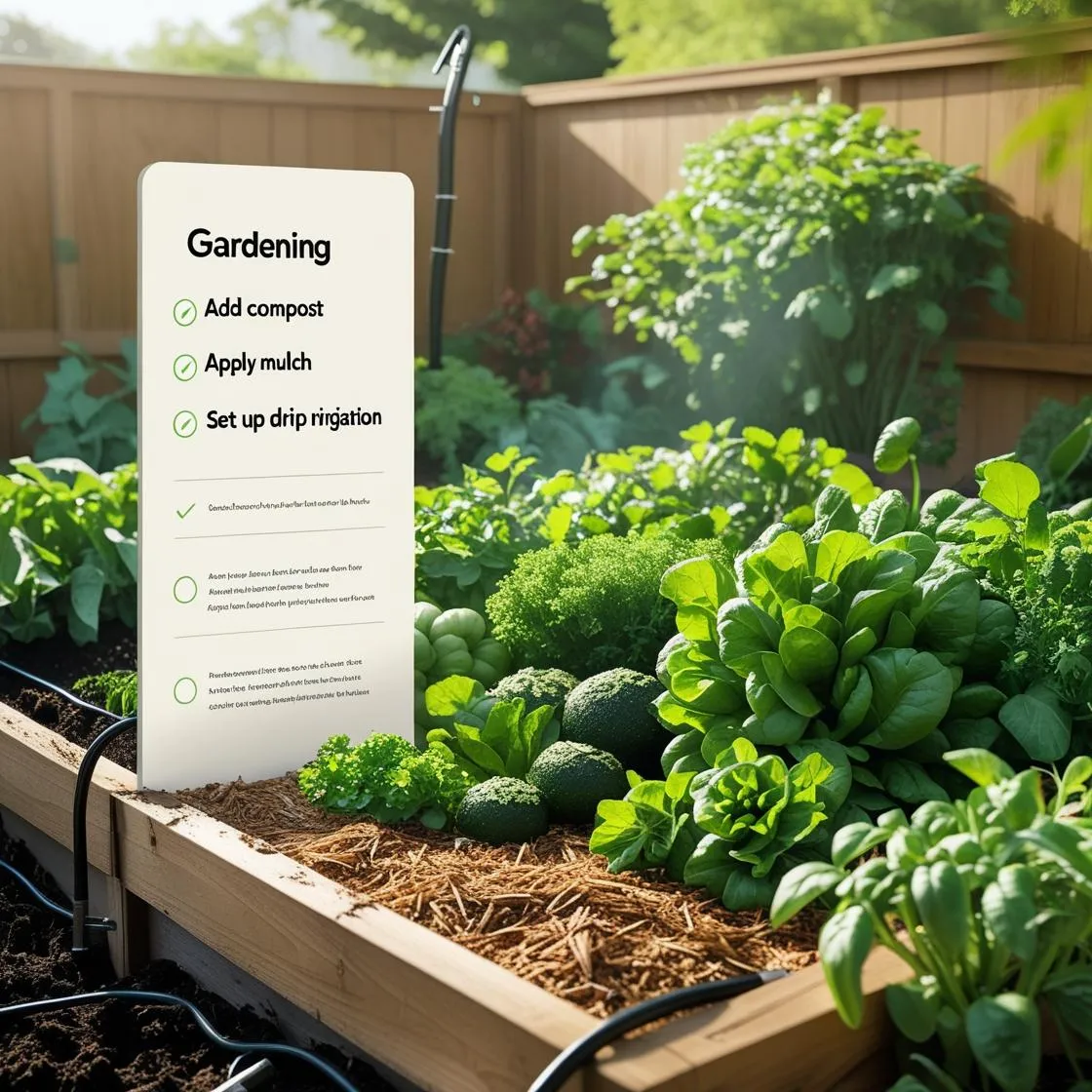
📋 Table 2: Mistake Prevention Checklist 🌿
| ✅ Step | Why It Matters |
| Choose a sunny location | Vegetables thrive in 6–8 hours of full sun |
| Use quality, draining soil | Prevents root rot and nutrient deficiency |
| Apply mulch (straw, wood chips) | Retains moisture, suppresses weeds, regulates soil temp |
| Plan plant rotation | Reduces pest, disease, and soil fatigue risk |
| Start with a small layout | Makes management easier and learning less overwhelming |
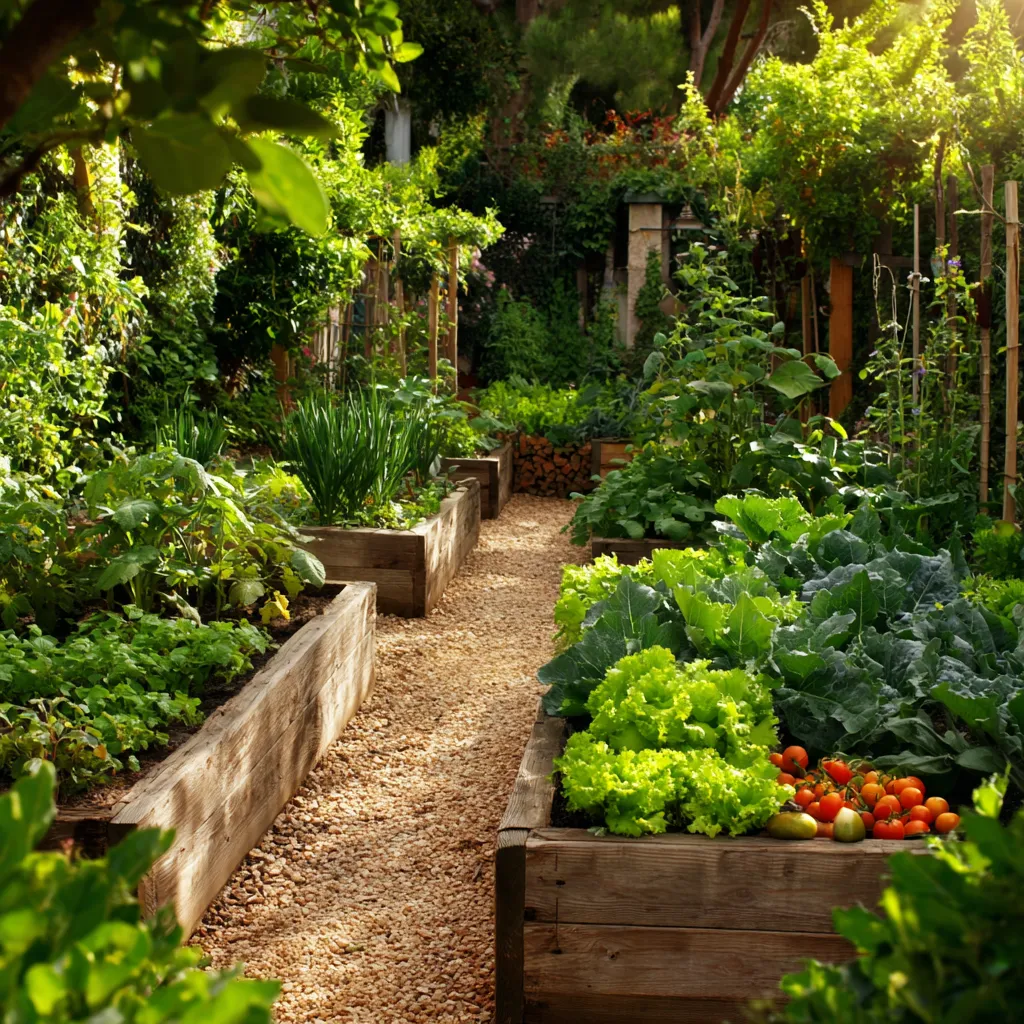
Conclusion 🌻
Don’t let the fear of making a mistake stop you! Every gardener faces challenges. The key is to learn from these common raised bed mistakes to avoid. By focusing on great soil, proper sunlight, and smart spacing, you are already on your way to success.
Take your time, observe your plants, and remember that gardening is a journey. With these tips, you’re equipped to build a beautiful and bountiful raised bed garden you can be proud of. Happy growing

